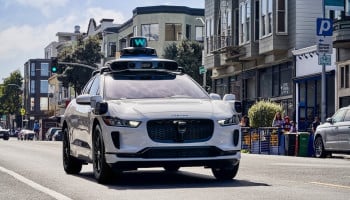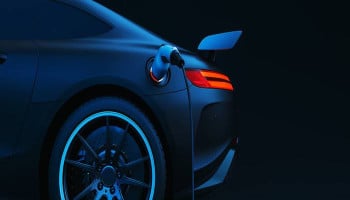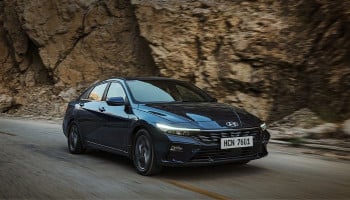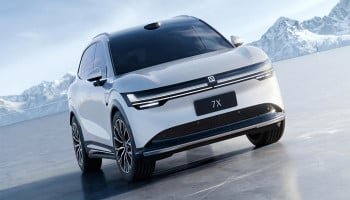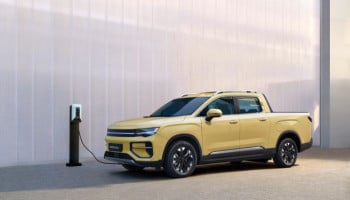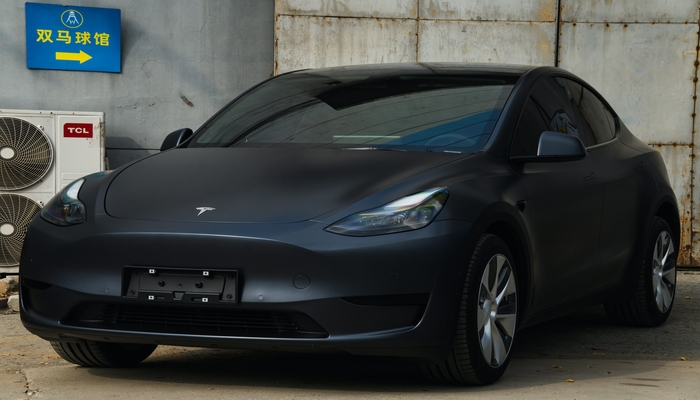
Amid tensions rising regarding the credibility of fully autonomous vehicles, the National Highway Traffic Safety Administration (NHTSA) has initiated a probe into 2.6 million Tesla vehicles following reports of car crashes allegedly caused by a remote driving feature.
The latest investigation into Tesla vehicle's driver assistance system comes second after the US auto regulatory body in October 2024 launched an investigation into 2.4 million Tesla vehicles supporting Full Self-Driving (FSD) system following four reported collisions.
The investigation takes into account Tesla vehicles' 2016-2025 Model S and X, 2017-2025 Model 3 and 2020-2025 Model Y, all equipped with the optional Full Self-Driving driver assistance system.
As a prerequisite for the probe, NHTSA is planning to start an initial inspection of the Actually Smart Summon feature in Tesla vehicles over four reports of car crashes involving Tesla vehicles, as reported by Business Recorder.
NHTSA said the crashes were caused by Tesla vehicles failing to identify posts, or parked vehicles while functioning on Actually Smart Summon. The automotive regulatory authority outlined, while citing reports, that users “had too little reaction time to avoid a crash, either with the available line of sight or releasing the phone app button, which stops the vehicle’s movement.”
The Actually Smart Summon feature was launched in September. It allows users to remotely control their vehicle using a smartphone application to move it from one place to another.
Preceding the feature, a system back then was introduced to let users move their car forward or backwards into or out of a parking spot.
It's worth mentioning that NHTSA is opening an initial-stage assessment of the feature, after which it would advance to decide whether to undertake an engineering analysis during the probe, before eventually demanding a recall.









